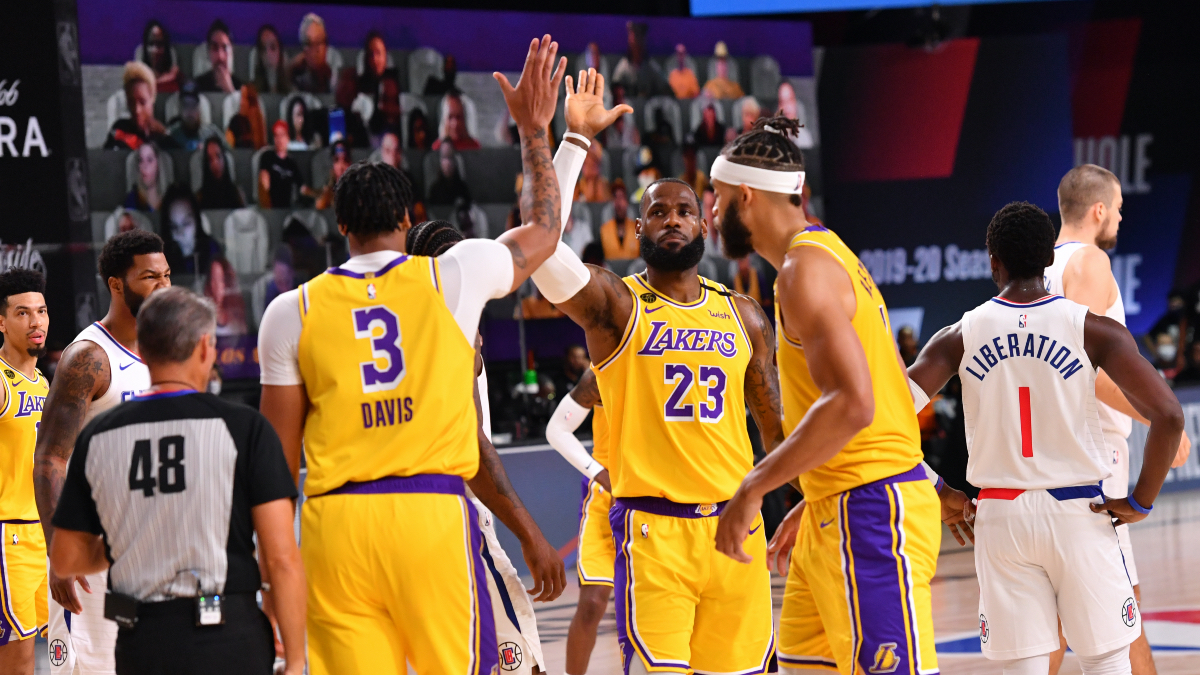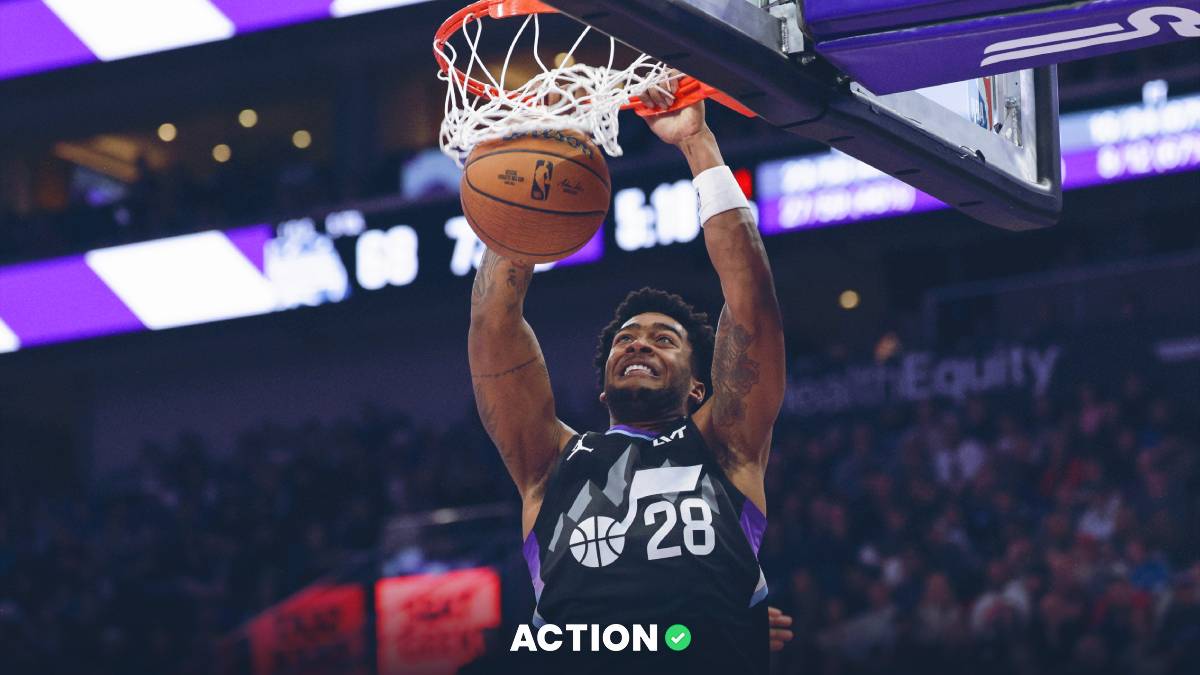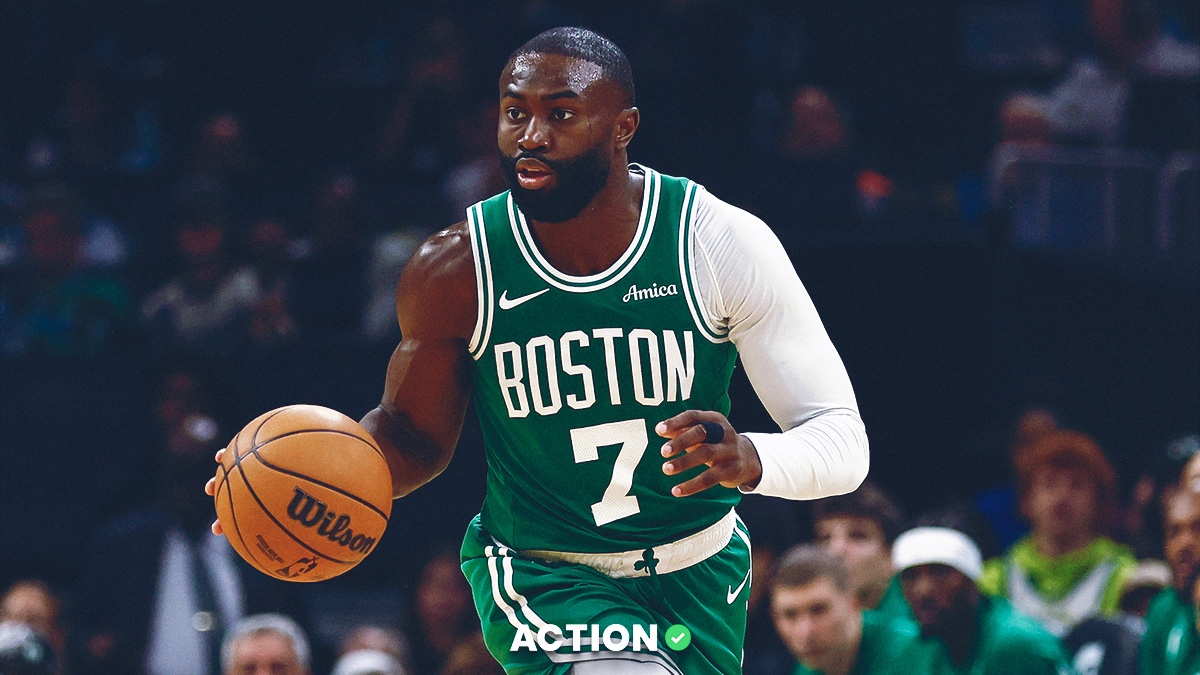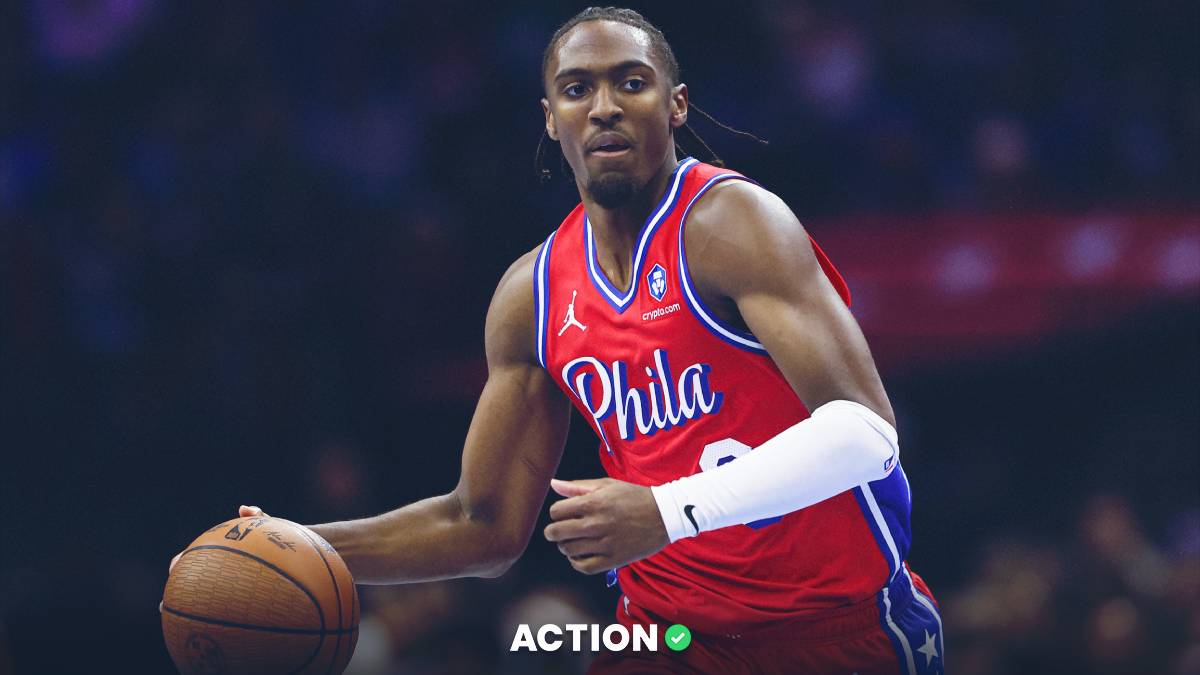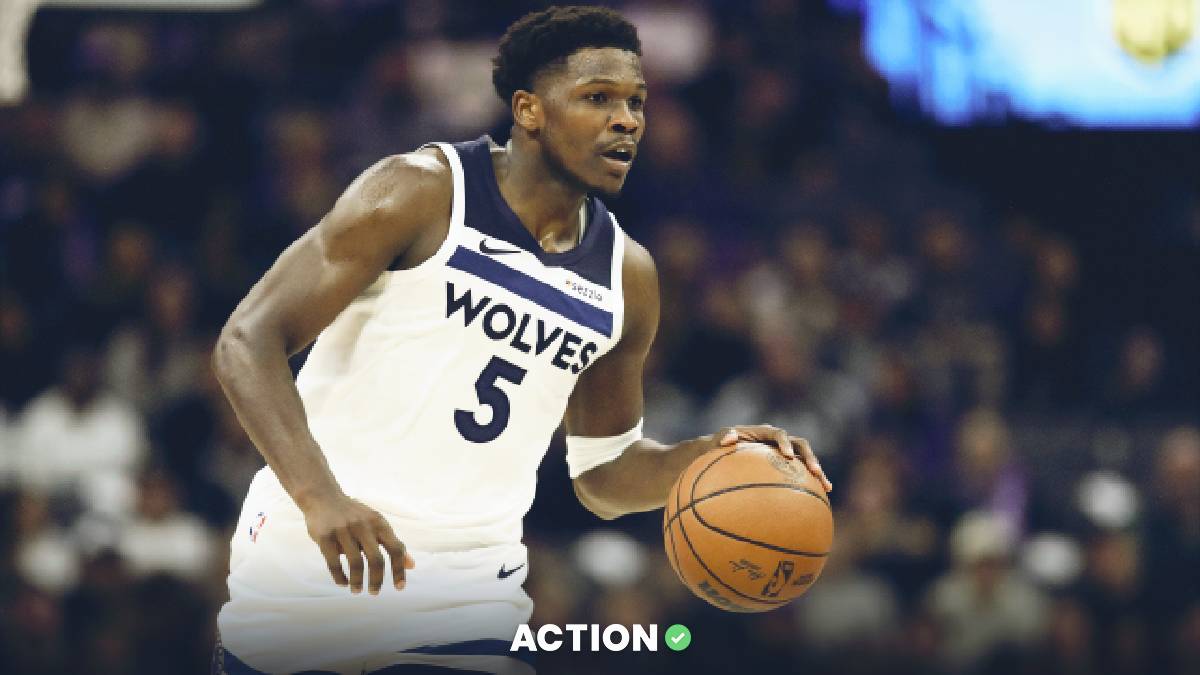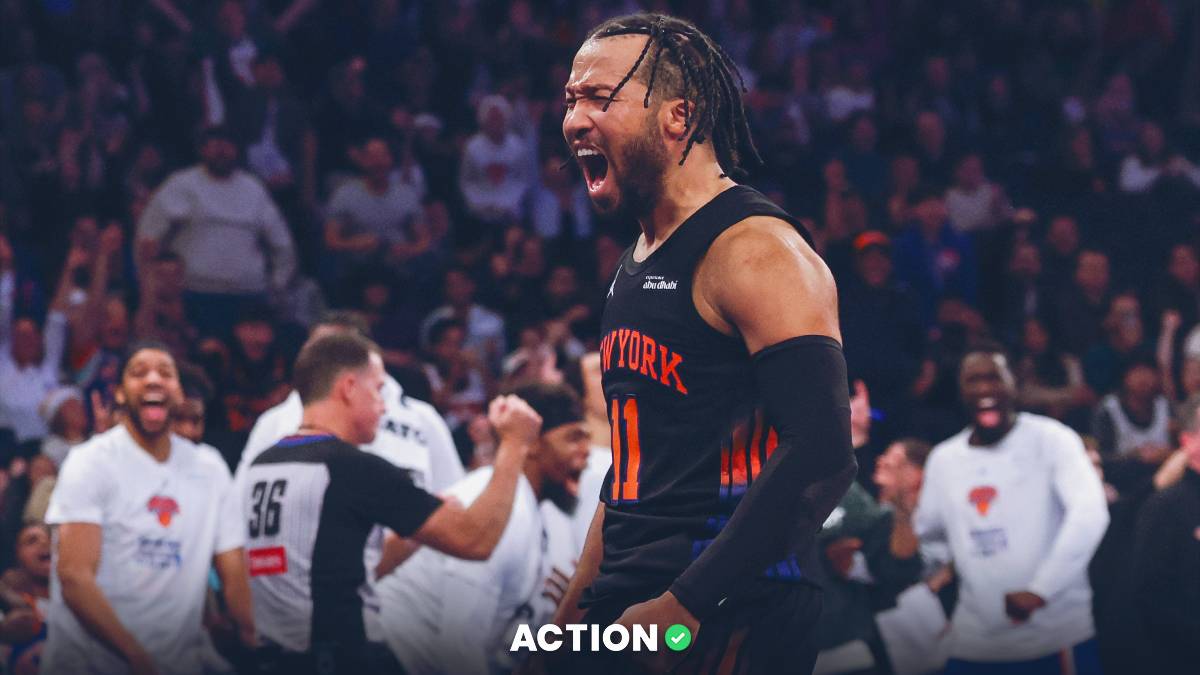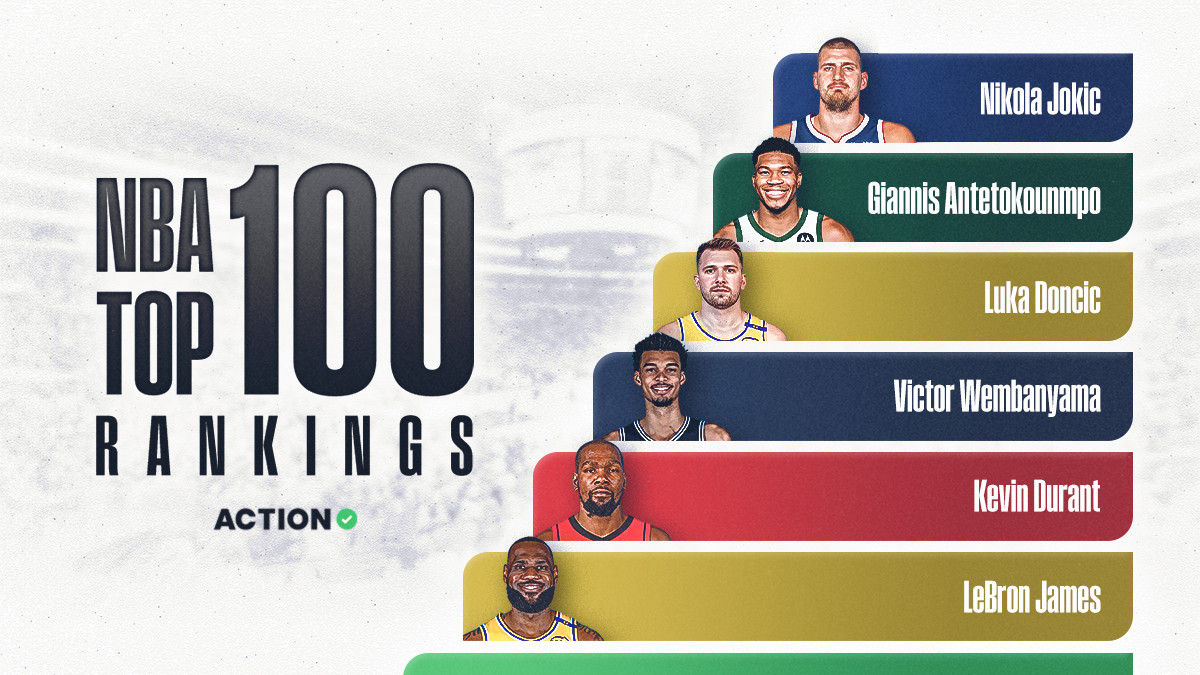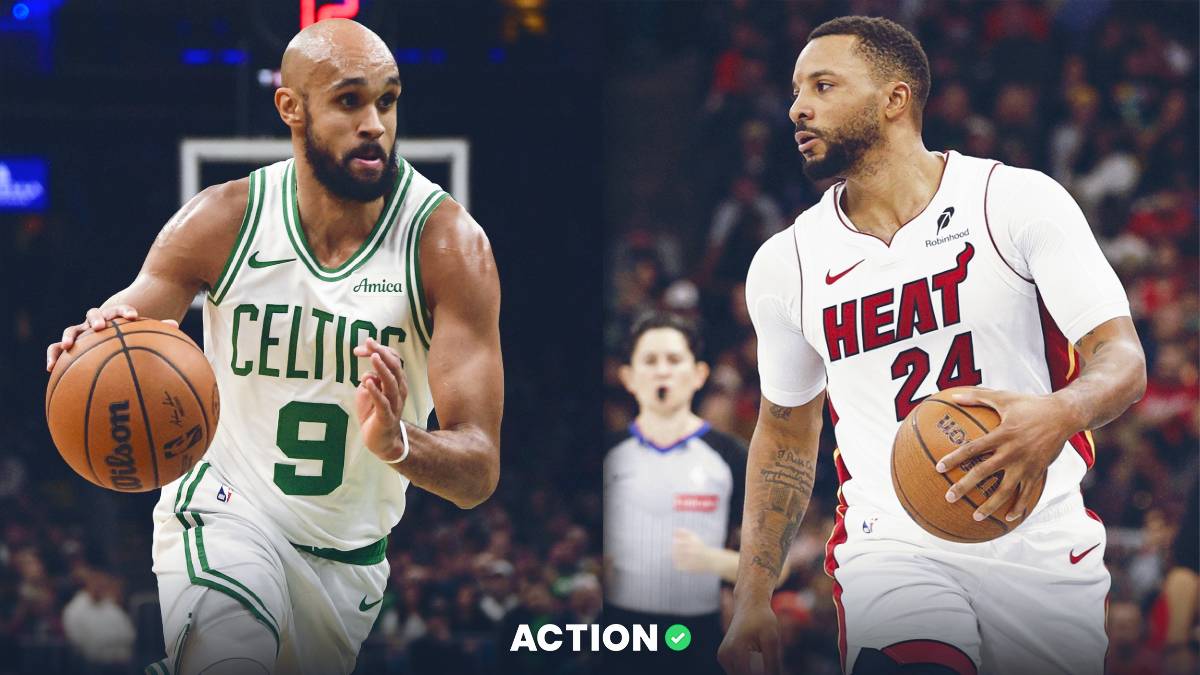There's something weird going on in the NBA bubble. And whenever I say it out loud, it sounds preposterous. It flies in the face of conventional thought and priors, but the sample is too small to say anything definitively. It could absolutely be entirely noise. But it's still weird.
In the NBA's restart, where there are no fans and there is no home court, the "home" teams are performing noticeably better. Not just better than the away teams, but better than they did prior to the league's suspension in March.
Now, the winning percentage and against-the-spread performance is better, but the difference is negligible:
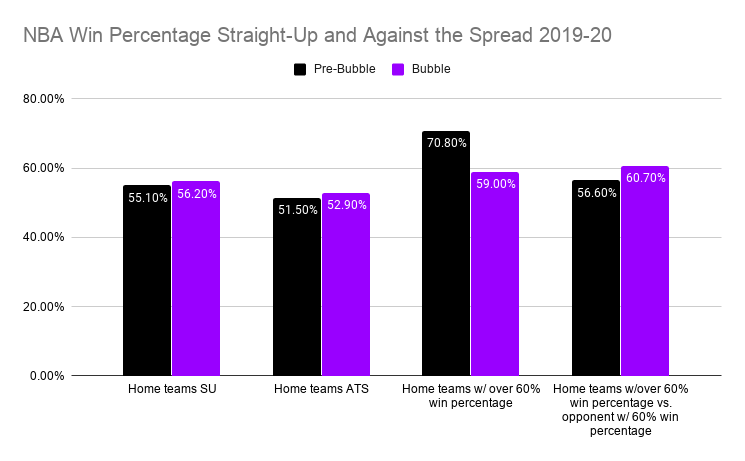
So, home teams won roughly the same amount of the time and covered roughly the same amount of the time that they did before the restart. The only reason this is notable is that… there's no home court.
There are no fans. There's no travel. There's no line adjustment for road teams. I talked to bookmakers before the restart on how they were approaching the build for lines. Take a look at what they said:
For most of the books, the answer was "not much different from a neutral court." The lines are built from models on team performance factoring roster, rest, injuries, etc., and then home-court advantage is applied. That impact varies from team to team, and it’s simply excluded from the adjustment on the lines in this instance.
"It’s just a neutral court," for DraftKings, according to Sportsbook Director of Operations Johnny Avello. "You just do what you do the way you normally do it, without home court factored in."
"It’s different in that I think the playoffs accentuate home-court advantage,” PointsBet Senior Sports Content Analyst Andrew Mannino said. "We figure it’s around 2.5 or 3 points. But 80% of Game 7s are won by the home team. That being absent definitely will have an impact on some lines."
John Sheeran, Director of Trading at FanDuel, had some more insight into why there’s even less of an impact here. "Home-court/field advantage has been decreasing significantly over time across the majority of core sports. This decrease has largely been driven by better travel planning and more centralized decision-making, leading to greater consistency and less bias towards home support. Therefore, the impact on lines in the current landscape is less than it would have been in previous years."
But as for how this particular scenario will help teams? It’s still unknown given how unprecedented it is.
"It helps all the lower seeds for sure; just how much is still unknown," William Hill’s Nick Bogdanovich said.
"Uncertainty favors the underdog," Mannino remarked.
Certainly, this was the rational and logical approach to the problem of these extraordinary circumstances. Why would there be any home-court advantage? It's literally absent.
But instead, look at the chart above. The difference isn't enough to say that home teams are performing better in the bubble relative to before, but there's also certainly no evidence that home teams are performing worse without the fans or the normal things we think of as home-court advantage. If anything, the performance of home teams should have regressed, especially against the spread.
But that didn't happen.
Home teams were still better straight up and against the spread than their opponents.
Let's pause there and talk about overs.
The thought going into bubble play was that unders would rule the day. No crowd to interfere with defensive callouts. A four-month layoff with limited conditioning opportunities. Missing personnel due to opt-outs. Heightened chance of injury.
I went the other way. I felt that with quieter gyms, offenses would hum and that the unfamiliarity of playing again would lead to more defensive miscues, while the "open run pick-up" environment would lead to faster play. My thought going in was overs. But the consensus was against that, saying unders were the play.
Nope. The first night of the NBA's restart, unders went 2-0 in two ugly slugfests. But over the next two nights, overs went 16-6. The over/unders for these games were four points lower than the regular-season matchups between the scheduled teams, I found, and seven points lower on average than what their actual average totals in the previous matchups were.
So, OK. The lines were soft in the beginning, and then the books adjusted, right? Well, they adjusted. The average total for the first three days of play was 220. The subsequent average total jumped to 227, a seven-point increase. So the unders gained ground, right?
Nope. From December 3 on, overs still went 80-60 (57%).
Here's where the home court question comes in like a ton of bricks.
If we narrow down from overall overs to team totals, the expected number per the line (and offered at books), for a team to score in a given game, we see some pretty staggering numbers for home teams.
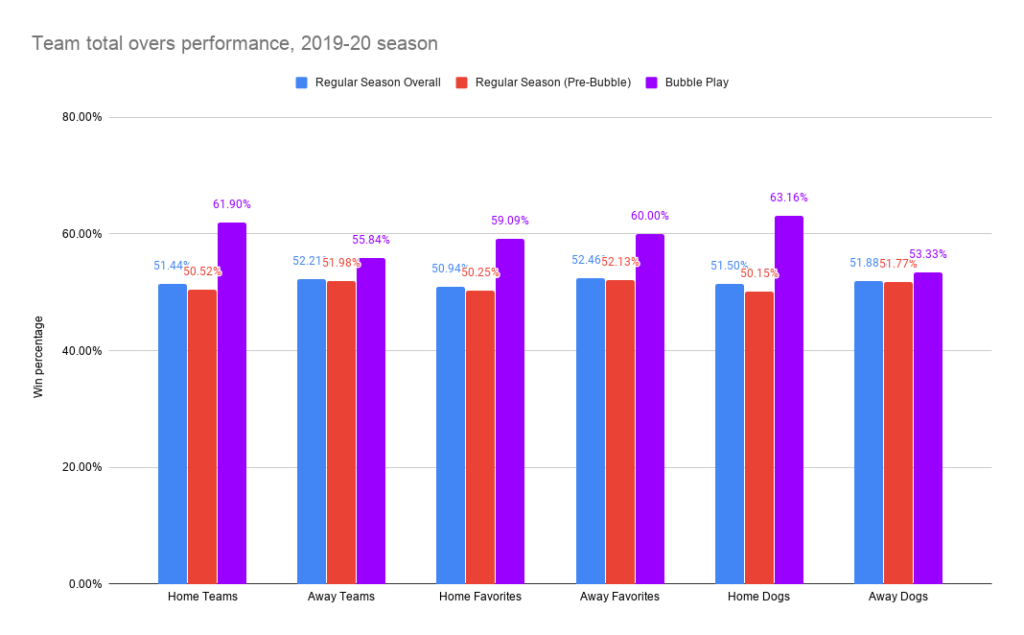
So, home teams hit the over on their team total 62% of the time in the bubble vs. 51% in the pre-bubble regular season. Home favorites hit it 59%. The only outlier here is away favorites at 60%, but even then, home dogs still hit at an even higher rate of 63%.
If you're curious, home teams were favored 49 times, road teams were favored 38. So there's a gap that exists in terms of home teams generally being favored in most matchups.
Note that home underdogs hit their over eight percentage points more than when they were the away team.
That's weird, right? The same teams would be underdogs in most of these matchups. It wouldn't change from home to away because there's no adjustment for home-court advantage.
In the influential book Scorecasting: The Hidden Influences Behind How Sports Are Played and Games are won, authors Jon Wortheim and Toby Moskowitz found that the biggest home-court advantage in sports came from the influence of crowds on officials.
With the absence of hostile fans in the bubble, you would assume that aspect to evaporate, and indeed, away teams actually took more free throws per 100 possessions than home teams did.
The differences in offensive numbers for teams in the bubble compared to pre-bubble were slight. Teams scored more efficiently, as you'd expect with the over rates. Teams made more 3s and shot more free throws.
But what's interesting here is that in each case, again, the home teams performed better offensively than the road teams, which mirrored when there were fans.
What about percentages?
So the one area that typically explains home vs. road advantage, per Scorecasting, is actually reversed in the bubble… and home teams are still performing better.
That's weird, right?! So, why would this be?
Just to get out in front of this, it's entirely possible this is a small sample. It's eight games per team for 22 teams. Maybe it's just one of those things. Each team had eight home and eight roads, but the schedules weren't all balanced. Maybe it's just a product of random matchups influenced by an uneven schedule.
I'm not discounting this, nor am I claiming that the evidence above stands as direct opposition to that view. We're well inside the margin of error here.
However, the ideas that it brings up are fascinating.
Let me start here, from the Journal of Exercise Science in 2018:
"However, significant differences (p<.05) between conditions were noted, as participants had better shooting percentages in silence and music conditions compared to positive and negative reinforcement for shots from 15 feet. Participants also had better shooting percentages in the music condition compared to negative and positive feedback. Silence and music yielded significantly better shooting percentage compared to positive and negative feedback; however, these conditions did not necessarily mimic in-game conditions.
…
"While this study did not lead us to conclude why there were differences in jump shooting for collegiate basketball players regarding music, silence, and positive and negative motivation, findings suggest that verbal cues and verbal motivation may lead to greater distractions for basketball players when they are in the process of shooting. This study found no gender-based differences for inside or outside shooting or for outside shooting and the intervention. However, significant differences were noted for the intervention and inside shooting, and results approached significance for intervention by gender and inside shooting. Overall, the players (both men and women) shot the ball better in silence and with music relative to verbal motivation (positive or negative)."
Let me put that into plain text: The study found that players shot better without verbal response, positive or negative.
In other words, the question posed is, "what if crowds are more of a distraction than a benefit?"
Now, inside the bubble, there actually are differences for the home teams. The courts have their logos. The arena video screens have their logos and team imagery. The PA announcer for the game is catered to them (i.e. when they score, they get the embellished, "KAWHIIIIIII LEONARRRRRRDDDDD." When it's the road team, it's just, "basket, Leonard.").
There are also familiar noises after made buckets for the home team like it is in their home arenas. The Mario Bros. coin noise after made free throws, for example.
The simulated crowd noise is also attuned to them.
I spoke with Ben Golliver of the Washington Post who is in Orlando inside the bubble. He said that the crowd noise is about 80% for the home team, 20% for the road team, but neither is notably all that loud.
Maybe the home audio and visual cues are acting as positive reinforcement in a way that is different from actual crowd noise, which acts as a distraction.
Or maybe the environment creates a sense of familiarity that induces a higher level of comfort.
Either way, the play inside the bubble during the finish to the regular season held results contrary to common sense. The absence of playing in one's home arena was thought to eliminate home-court advantage, but instead, it has been maintained, despite the fact traditional reasons for that advantage (free throws) weren't present.
I'm not going to sit here and advise playing home team total overs with the playoffs beginning. The playoff environment introduces a whole other element to things. But I'll be watching to see if these trends hold or if the sample size increase spurs a regression to the mean.
If nothing else, the results of the bubble have challenged bookmaker pre-existing assumptions about play and home court, and spur further questions about what exactly home-court advantage really means for basketball.


